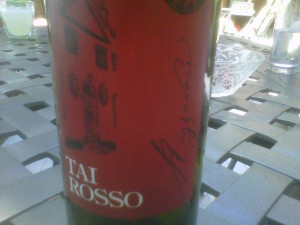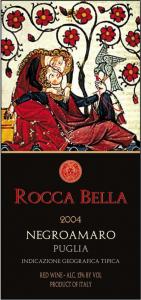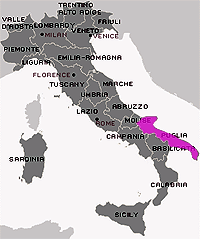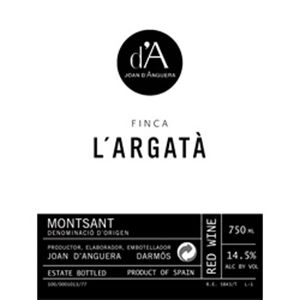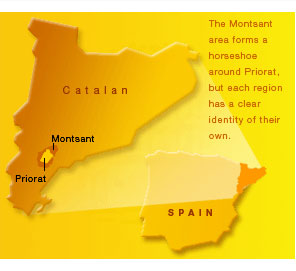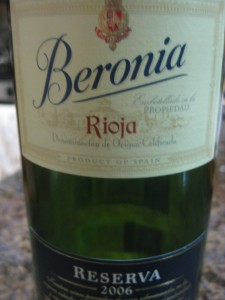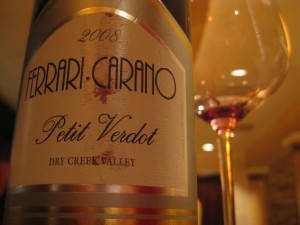
Minor Key of Grapes
Minor grapes are usually minor for a reason. Too acidic, too tannic, too sexy for your glass. Once in a great while, minor grapes also produce minor miracles. Think Cahors – a grape headed for extinction in France that takes an ocean voyage in its junior year of college to “discover itself” and ends up in Argentina. Goodbye Cahors, hello Malbec!
Petit Bordeaux
Petit Verdot is one such minor grape that gets buried at the bottom of the wine label, in the part that nobody reads except those really fastidious, tedious wine geeks searched for their pH buzz. Try and name the grapes that go into classic, famous Bordeaux. Cabernet – check. Merlot – check. Ummmmmm…. Cabernet Franc? Yes. And some others – correct. Turns out those “others,” at least in the red Bordeaux, are Malbec/Cahors and Petit Verdot (RIP Carmenere). Petit What? – correct.
Petit Out of Favor
Petit Verdot has that too _____ flaw. In this Mad Libs experiment, the ________ is “late-ripening” so it’s been falling out of favor in the old world faster than Greeks at a Central Banker retreat. New Worlds have new ways however, and the US, Argentina and Chile have taken up the banner of the crestfallen Petit Greek. California is one of the biggest producer since they’re big into Meritage wines that seek to replicate the Bordeaux blends and often do just that. 1976 – a great year for the California wine industry. Happy Birthday USA!
Taste
Minor no more, this is Petit Verdot in its 100% pure form. Ah-hem… this is rare. Not blended, not subsumed, this is Petit Verdot stepping out from the background. Ringo, please take this solo. We’ll manage the cymbal.
 So, what’s Ringo do with his solo? He goes dark, very dark. Dark in the glass, dark in the mouth. Thinking blackberry and that black British currant jam they sell at overpriced supermarkets. Really pretty balanced and full… at least until you try tasting it after a couple California Cabs – then it feels thin and anorexic. Moral of the story – save your Cabs for another day and focus on the wine at hand. This one’s an impressive, rare example.
So, what’s Ringo do with his solo? He goes dark, very dark. Dark in the glass, dark in the mouth. Thinking blackberry and that black British currant jam they sell at overpriced supermarkets. Really pretty balanced and full… at least until you try tasting it after a couple California Cabs – then it feels thin and anorexic. Moral of the story – save your Cabs for another day and focus on the wine at hand. This one’s an impressive, rare example.
Detail Up!
100% Petit Verdot 2008 Ferrari Carano from the USA out in Dry Creek Sonoma, California
Random Googles
* Peh-teet ver-dough. Sounds way hotter (and more pastry-like) than it’s spelled.
* Keep an eye on Virgina – not just for all those presidents it turned out. It’s now looking to be a big Petit Verdot player.
* Ros̩ Petit Verdot Рapparently, it exists. And is even pretty good, according to this guy.
